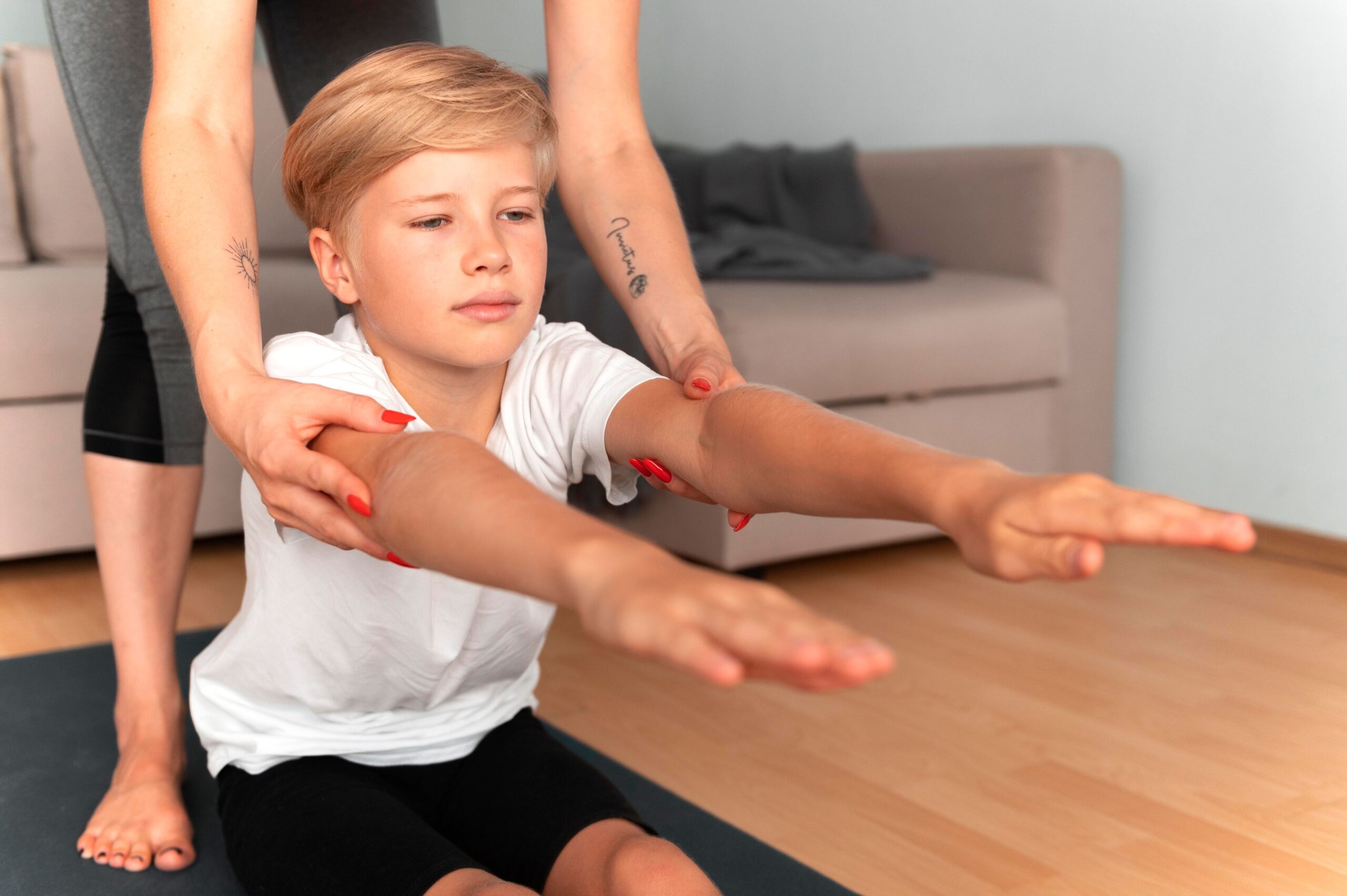
Juvenile spondyloarthritis (SpA) is a group of chronic inflammatory diseases that affect the joints and the places where tendons and ligaments attach to bones (these points are called entheses). The most common form in children is enthesitis-related arthritis (ERA).
This condition often begins in late childhood or adolescence, more commonly in boys. It can cause pain, stiffness, and swelling in the joints and areas like the heels or bottoms of the feet.
What Is Enthesitis-Related Arthritis?
ERA is classified under the umbrella of juvenile idiopathic arthritis (JIA), but it has distinct characteristics. Unlike other forms of JIA, ERA often starts with pain and stiffness in the lower limbs, especially in the heels, knees, hips, or ankles.
A hallmark symptom is enthesitis—inflammation where tendons attach to bones. This can cause pain in areas such as:
- The back of the heel (Achilles tendon)
- The bottom of the foot (plantar fascia)
- The kneecap (patellar tendon).
Some children may also develop inflammation in the lower back or sacroiliac joints (joints between the spine and pelvis), especially later in adolescence. This form can evolve into juvenile ankylosing spondylitis.
Important: Enthesitis-related arthritis (ERA) can cause both joint pain and inflammation at the sites where tendons attach to bones (entheses). Children may complain of heel, knee, or foot pain—especially in the morning or after rest—and may have swelling or stiffness in the lower back or hips. Symptoms can be subtle and mistaken for growing pains or sports injuries. If your child has ongoing joint or heel pain, limping, or stiffness, especially if there is a family history of back problems or psoriasis, consult a pediatric rheumatologist. Early diagnosis helps prevent long-term joint damage and supports better mobility.
Who Is at Risk?
- ERA typically affects boys more than girls.
- It often appears between the ages of 8 and 15.
- Some children carry a genetic marker called HLA-B27, which increases the risk and may be associated with more persistent disease.
A family history of back pain, psoriasis, or inflammatory bowel disease can also be relevant.
How Is It Diagnosed?
Diagnosis is based on:
- A pattern of symptoms (especially joint and enthesis pain)
- Physical examination
- Blood tests (for inflammation markers and HLA-B27)
- Imaging, including ultrasound or MRI, to detect enthesitis or early sacroiliac involvement
More advanced imaging is often needed because enthesitis may not appear clearly on standard X-rays.
How Is It Treated?
Treatment aims to reduce inflammation, relieve pain, and maintain mobility. Common options include:
- NSAIDs (non-steroidal anti-inflammatory drugs) for pain and stiffness
- DMARDs (like sulfasalazine or methotrexate) for persistent joint inflammation
- Biologics (such as anti-TNF therapy) in more severe or resistant cases
- Physical therapy to preserve strength, flexibility, and posture
Regular exercise and stretching are also important, significantly if the spine is affected.
Living with SpA/ERA
Children with ERA often go through periods of flares and remission. Most can lead entire and active lives with timely diagnosis and the right therapy. Close follow-up with a pediatric rheumatologist is essential to monitor symptoms, adjust medications, and support long-term joint health.
Support at school and in sports may sometimes be needed, but staying active within limits is encouraged.








